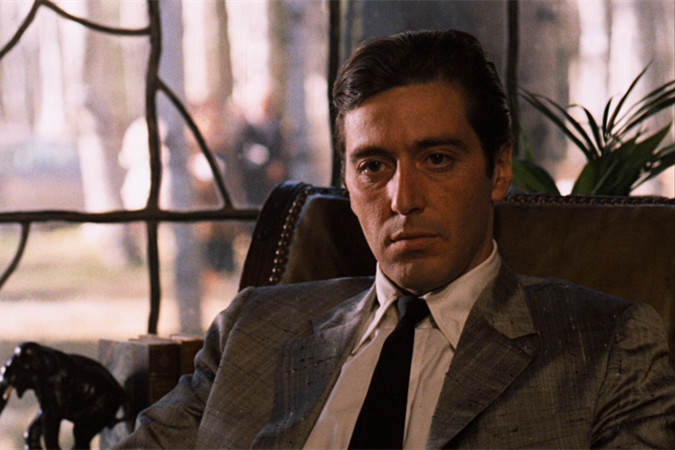
These days, many people, particularly cinephiles, or simply just people with a special and more than fleeting and/or passing interest in cinema, may wonder, “Where should I begin in regards to watching great movies? Which are the key works of this medium and why? Why is it important that I watch movies that are mostly not even popular anymore and even sometimes hard to find? Why should I watch this forgotten piece of celluloid? Where do my favorite movies come from?”
Well, we’ve humbly compiled a (partially subjective and arbitrary, of course, these things are always at least partially subjective and arbitrary, as there can be no absolutes in art) list of 30 films any person with a real, actual interest in cinema should watch at least once (although many times repeated viewings are practically required) in their lifetimes, and why.
Please note the films on this list are ranked in alphabetical order.
1. 2001: A Space Odyssey, by Stanley Kubrick. (1968, USA).
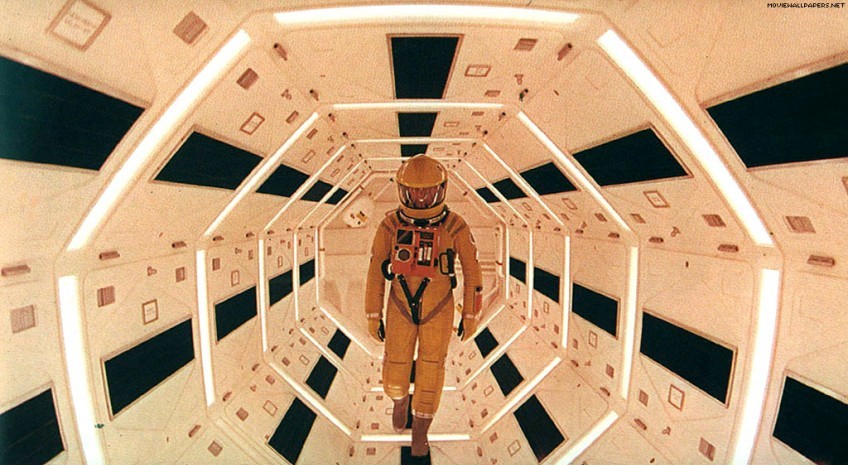
What can possibly be said about “2001: A Space Odyssey”? It changed and renovated cinema, audiovisual communication, popular culture, science fiction and contemporary narrative forever, and predicted the iPad and many of the advances in technology we now take for granted, among many other things.
Kubrick painted a supremely beautiful and astonishing fresco of the History of the Universe and the History of the Human Species, where the groundbreaking narrative encompasses man’s preternatural hubris, destructive and self-destructive impulses, his continuous strive for advance and discovery but also tendency towards violence and preoccupations with death, and the indifference and unspeakable vastness of our universe along with its infinite mysteries.
It illuminated and inspired an incredible amount of fellow filmmakers, practically every single one that came after him, among them Steven Spielberg, George Lucas, Sydney Pollack, Ridley Scott, Andrei Tarkovsky, Federico Fellini and Woody Allen. It paved the way for films like “Solaris”, the “Star Wars” saga(s), “Alien”, “Blade Runner” and “Close Encounters Of The Third Kind”.
Never before had so-called “mainstream” cinema gone nearly this far, and never before had a film been so brazenly bold. cinema is what it is today because of “2001: A Space Odyssey”, and we have Stanley Kubrick and his infinite genius to thank for this.
2. 8 ½, by Federico Fellini. (Otto E Mezzo, 1963, Italy, France).
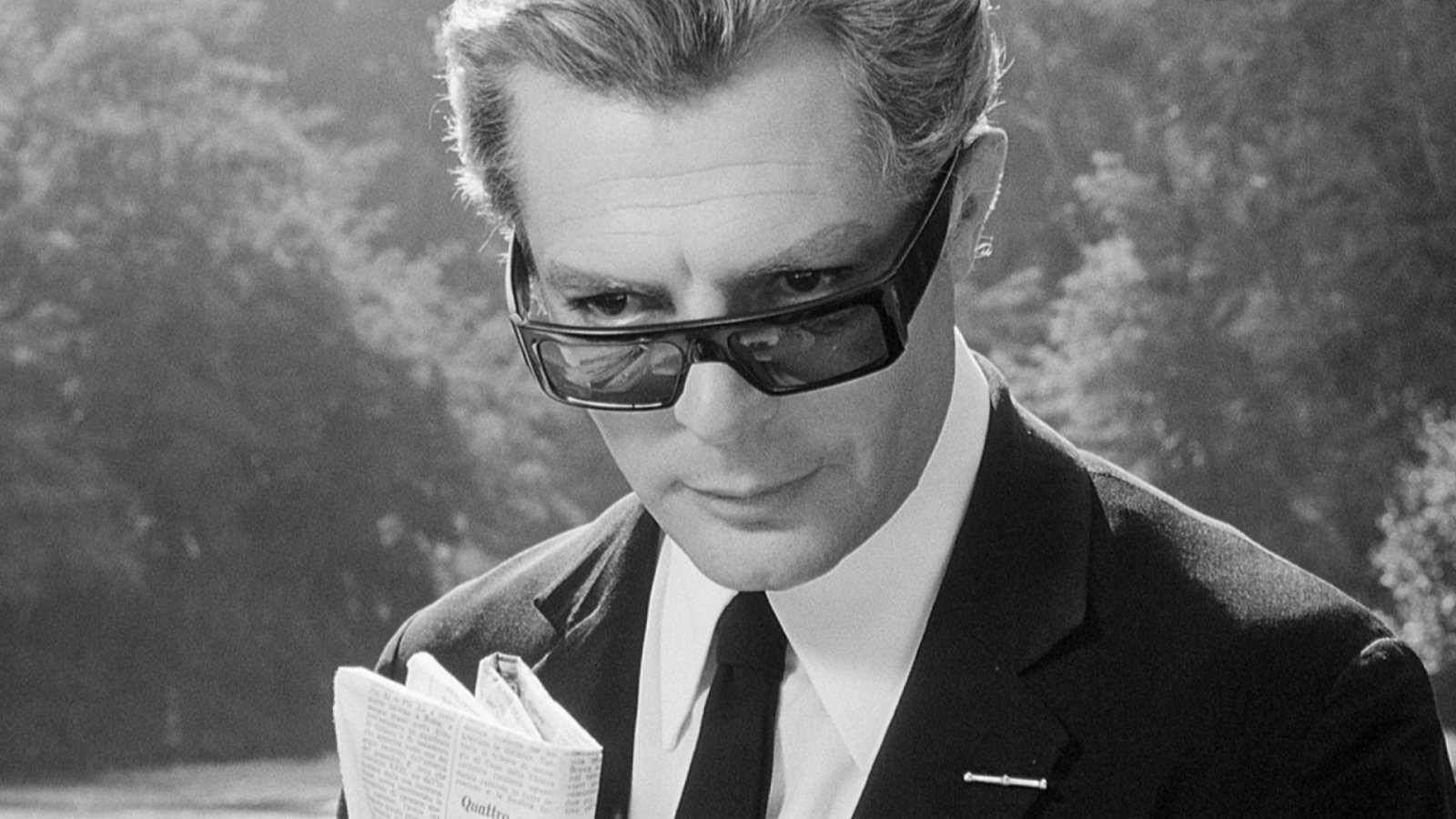
Fellini’s masterpiece. After the enormous and international success of “La Dolce Vita” three years previous, the Italian genius set out to make a film about what it is to make films.
What resulted is a bittersweet ode to cinema, but also an examination of the creative mind and process and how the creative man deals with them.
Over the course of the film, we get to follow our protagonist, the successful and desired filmmaker Guido Anselmi (played to perfection by Marcello Mastroianni, of course), as he tries to manage his own complicated life, come to terms with his mistakes, losses and own selfishness, and face the responsibilities that come with being a successful artistic genius.
All of this is wrapped in a deep, serious, but also funny look at the life of dreams and the dreams of life.
3. Andrei Rublev, by Andrei Tarkovsky. (Andrey Rublyov, 1966, Soviet Union).
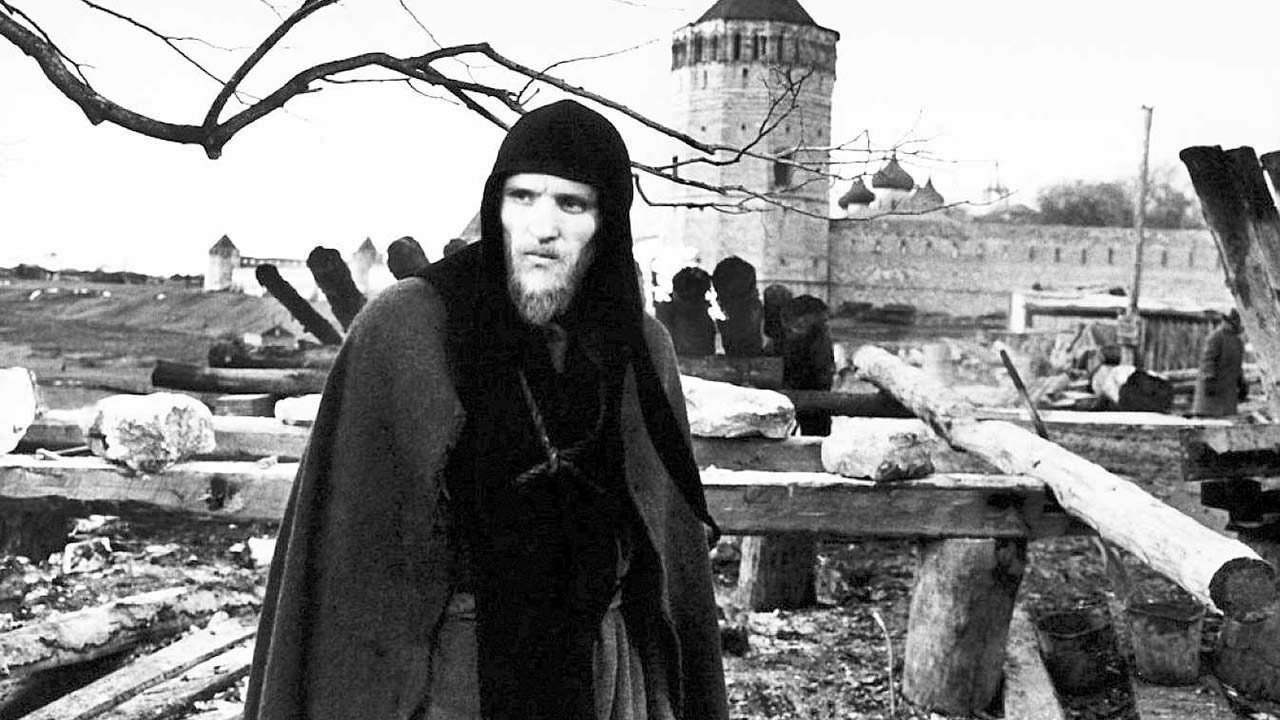
Behold a key piece in the world of cinematic art, and Tarkovsky’s definitive masterpiece. An impressive epic based on the life of the 15th century Russian icon painter of the title.
Tarkovsky’s intention was to portray the importance and prominence of the artists in the world that surround him, and the influence of the Christian religion in shaping Russian history.
During the time the film takes place, Russia was torn by the Tatar invasions and constant struggles to the throne.
“Andrei Rublev” is divided into a prologue, eight chapters and an epilogue. The prologue is only metaphorically linked to the rest of the film, while the epilogue is a montage of some of the titular character’s actual filmed masterpieces.
An essential as it is complex and rich masterpiece.
4. L’Avventura, by Michelangelo Antonioni. (1960, Italy).
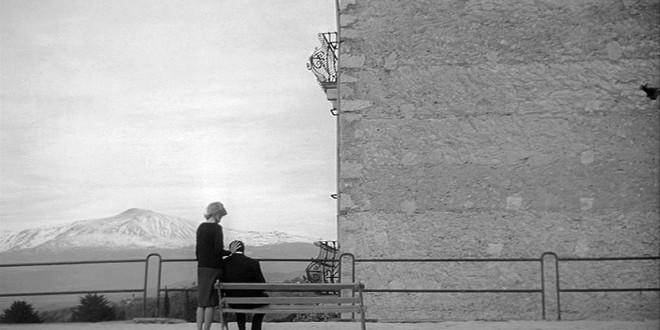
Following and severely expending in what other filmmakers like Ford, Rossellini and Dreyer had hinted at before, Antonioni’s sixth film completely subverted, revolutionized and altered what had become narrative in cinema.
Eschewing completely the usual and conventional ways to make narrative cinema, Antonioni instead chose to make a film driven solely by its characters and their (very) hidden internal, emotional turmoils and the very gradual changes that come upon them, and the way they look at and regard life, themselves and love.
Portraying perfectly the lives of a privileged group of elite Roman people immersed in selfishness, ennui, boredom, non-communication, and above all meaninglessness, Antonioni chills his audience showing the immense fragility of life, existence, love, and any hint of meaning.
The sudden and obviously mysterious disappearance of a wealthy heiress is just an excuse for Antonioni to astonish us with his indelible and gorgeous art that will make you question many things that you take for granted.
5. Battleship Potemkin, by Sergei Eisenstein. (Bronenosets Patyomkin, 1925, Soviet Union).
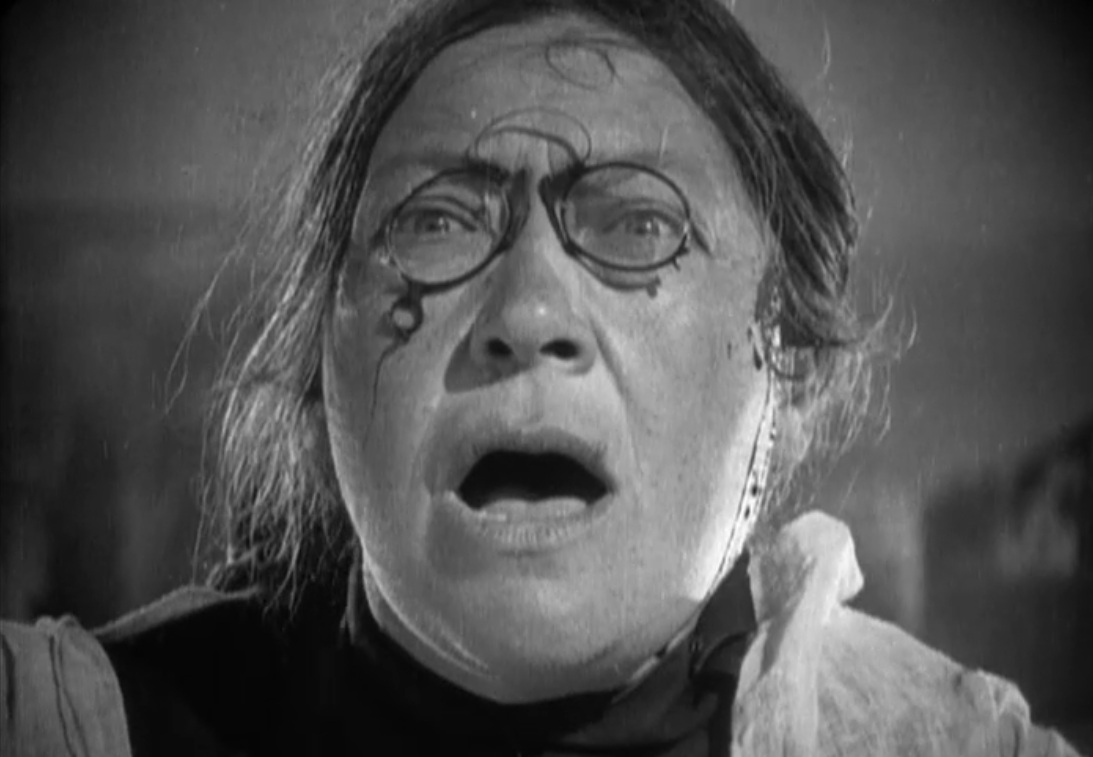
Based on a true story about a group of crewmen and sailors who worked in a Russian battleship named, obviously, Potemkin, who rioted and rebelled against their superiors in 1905.
The film is divided into five acts: Men And Maggots, Drama On The Deck, A Dead Man Calls For Justice, The Odessa Steps and finally One Against All.
“Battleship Potemkin” is mostly famous and celebrated for its innovations in editing, employing an incredibly and extremely rapid and dynamic (for the time) style, which Eisenstein hoped would help make the audience sympathize with the sailors, and also, for the The Odessa Steps act, which depicts a fictional massacre of civilians enacted by the Czarist Empire of that time.
6. The Birth Of A Nation, by D. W. Griffith. (1915, USA).
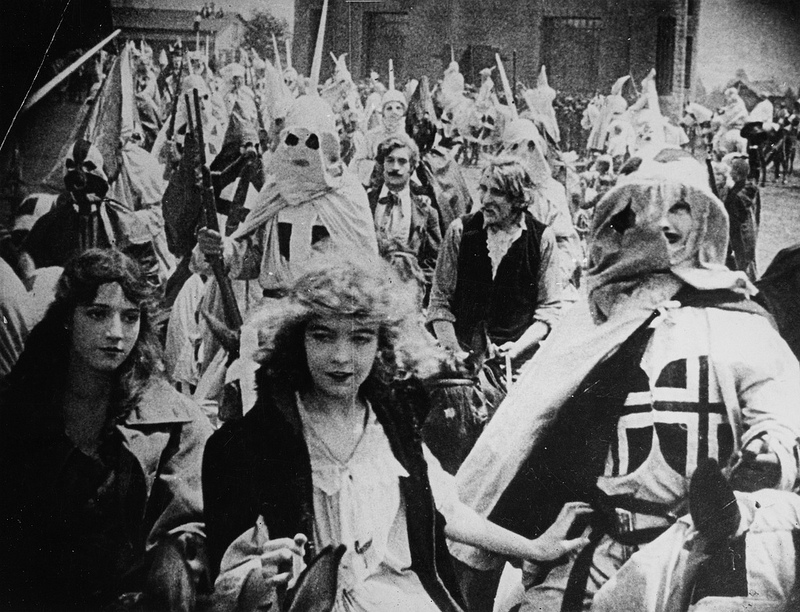
This is the film that turned cinema from an occasional diversion for some people into what it is today.
To call it groundbreaking is an understatement. It showed that cinema could be a an exciting new medium for narrative, entertainment and art. All of them. All at the same time.
Griffith introduced narrative and technical innovations that helped shaped the medium like no other film.
7. Breathless, by Jean-Luc Godard. (À Bout De Souffle, 1960, France).
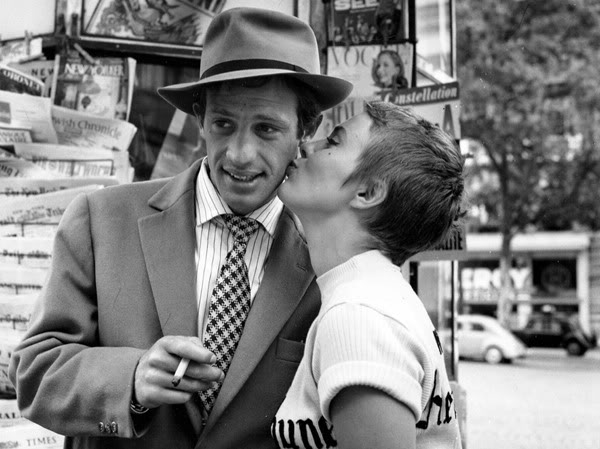
The official third entry of the French New Wave, after Truffaut’s “The 400 Blows” and Resnais’ “Hiroshima, Mon Amour”.
Based on a screenplay first written by Truffaut based on a real story from 1952 to be directed by him, it was ultimately discarded by the director.
Godard read the screenplay, loved it, and asked his then best friend Truffaut if he would let him use it. Truffaut did, absolutely free of charge.
One of the first truly modern films, “Breathless” was a total success, influencing hundreds of films since then, with its focus on youth, beauty, so-called “coolness”, rebellion, total irreverence, dynamism, humor, fast-pacing, endless references to previous films, and, most importantly, pop culture; the disregard of conventions and rules, and the charisma of its protagonists, Jean-Paul Belmondo and Jean Seberg.
It is notable is its use of the famous jump-cuts, an original idea of the master and genius filmmaker revered by Godard, Jean-Pierre Melville.
8. Un Chien Andalou, by Luis Buñuel. (1929, France).
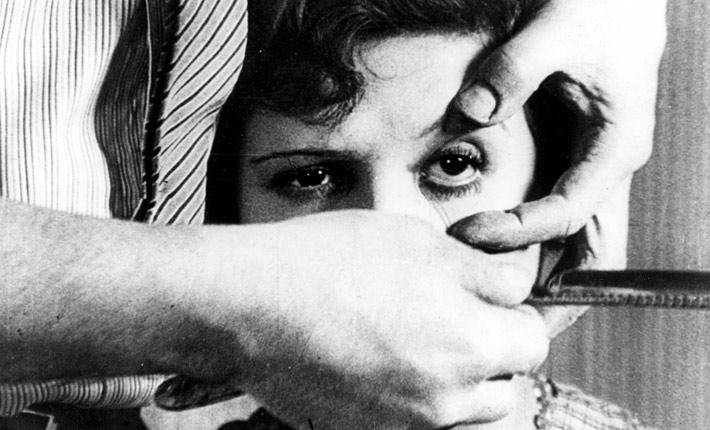
One of the first Surrealist films ever and without a doubt the most notorious and popular Surrealist film of its era, and the most influential one of all time.
Based on a screenplay by the director himself and Salvador Dalí, the film is more a collection of images and shots than an actual plot and has been called the first music video ever, as it uses, decades and decades before that medium came to existence, all the conventions and stylistic devices it has always utilized,
It also introduced violence to cinema like no other film before. Its most famous fragment, by far, is when the character played by Buñuel takes a razor, holds a young woman’s (played by Simone Mareuil who decades later would commit suicide by self-immolation) head steady, opens her left eye wide open and, after the film cuts to an extreme close-up of the eyeball, slits it completely with the razor (in reality, an eyeball of a dead calf was used).
9. Citizen Kane, by Orson Welles. (1941, USA).
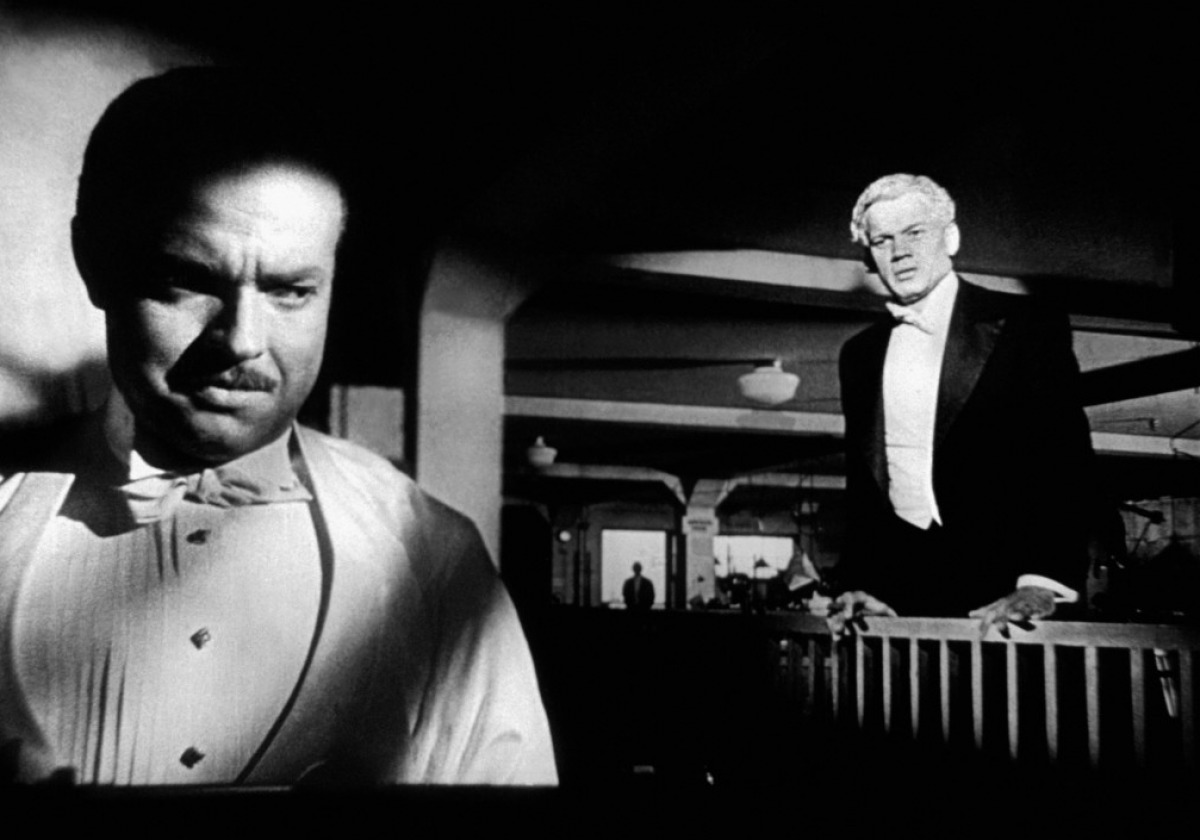
The summit, the Everest of the cinematographic medium. There’s literally nothing that can be said about “Citizen Kane” that hasn’t been already said, either in words or by images.
To even invoke “Citizen Kane” and discuss its importance requires already previous and well-founded knowledge from the audience.
We’re in the presence of a work so essential, so innovative, so gigantic, that perhaps the best and most adequate thing that can be said is: “If possible, drop everything right now and run to see it, if you haven’t. If you have, run to see it one more time.”
Co-written by Herman J. Mankiewicz and produced, starred, co-written and directed by Welles, it was Welles’ first ever foray into anything remotely cinematographic, when he was only 25. How was he able to make “Citizen Kane” at all in that case? By watching Ford’s “Stagecoach” dozens of times, and asking technicians and/or people from the studio how one thing or another was made.
10. Days Of Heaven, by Terrence Malick. (1978, USA).
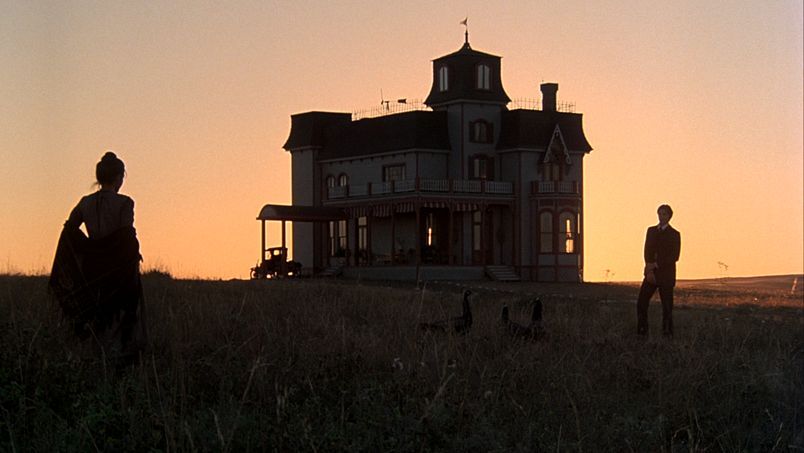
Five years after his unforgettable debut feature film “Badlands” took the world by surprise, Malick astonished the world with this film, his second feature, set in Texas just before the Great War but shot in Canada. Two orphans living in poverty, Linda and Bill, along with Bill’s girlfriend, Abby, flee Chicago where Bill accidentally killed his former employer, and set out to find work and a place to live as far away as possible, settling on a Texas plantation.
But that’s just the beginning, and, in any case, Malick uses this narrative and its twists you could say almost as an excuse to literally make visual poetry, expanding on what filmmakers like Ford, Antonioni, Visconti and Tarkovsky had already done and taking his cues from Kubrick and “2001: A Space Odyssey”. That is, the images, the sound, and the score by Ennio Morricone tell the story.
The images being amongst the most mesmerizing, arresting, gorgeous, unbelievable, breathtaking and jaw-dropping in the history of cinema, captured by Malick’s DP, Néstor Almendros, who had worked with people like Truffaut before and was actually going blind while the film was being shot. It is an out of this world, moving and poignant meditation on life and its fragility, love, greed and jealousy, set inside some of the most wondrous landscapes you’ll ever see.